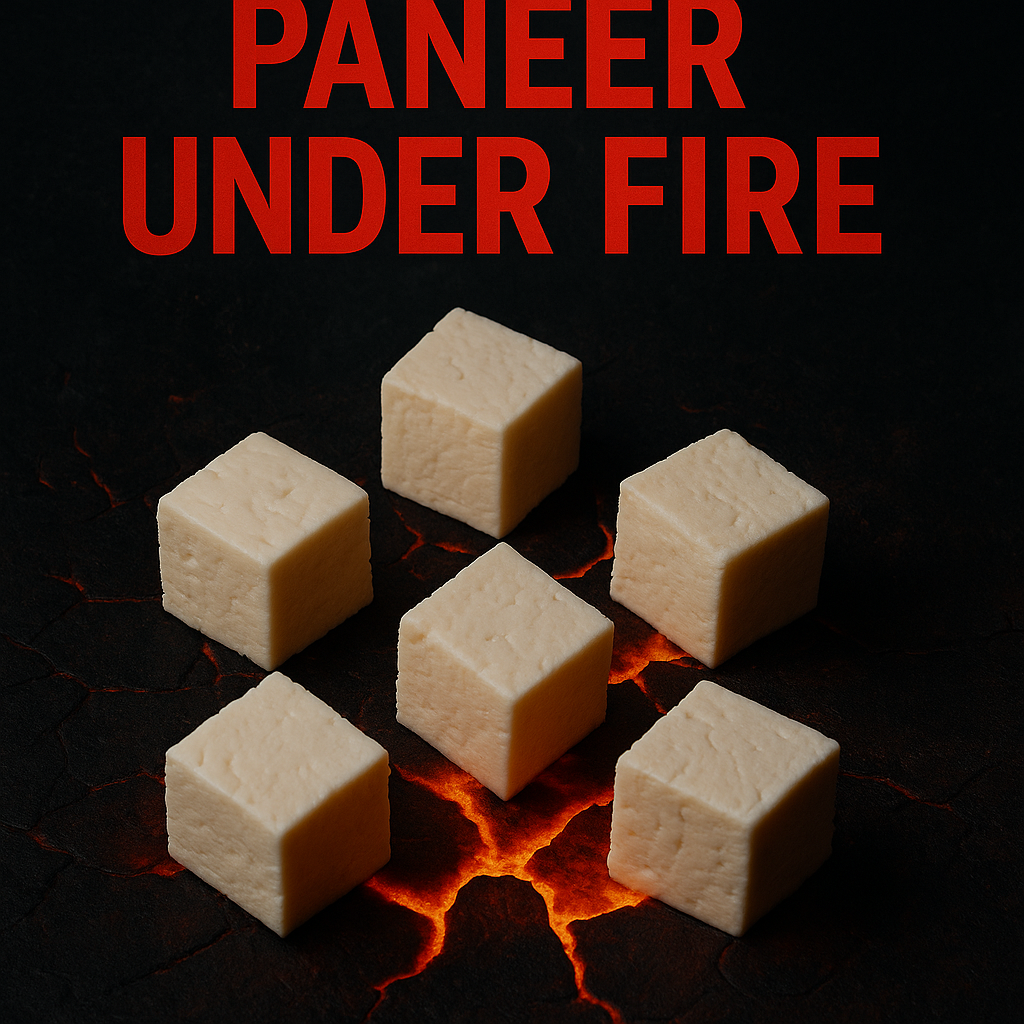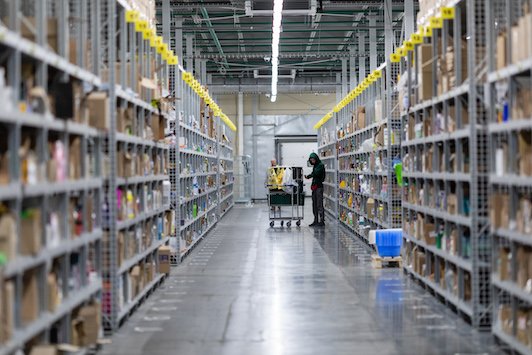It takes little more than a quick trip to a pharmacy and a bottle of 1% iodine solution to transform into a self-proclaimed food inspector—at least, that’s the premise fueling the rise of a new, viral social media phenomenon: the “Paneer Police.” Armed with droppers and smartphones, influencers are descending upon restaurants and roadside stalls, testing paneer for “fakeness” with iodine, and racking up millions of views while sowing fear, confusion, and mistrust in the process.
From global fast food chains to celebrity-owned fine-dining spots, no eatery is safe. The recipe is simple: order a paneer dish, scrape the coating from a cube, add a drop of iodine, and wait for the dramatic black or blue stain. If it appears, the paneer is deemed “fake”—a claim made with zero scientific grounding, yet treated as gospel by millions online.
The Real Science: Why the Iodine Test Fails
The viral iodine test is essentially a starch detection method, not a test for authenticity or safety.
“Amylose, a component of starch, reacts with iodine to form a blue-black complex,” explains Sonali Sinha, a food scientist. “But that’s all it tells you—that starch is present.”
And starch can appear in paneer for many legitimate reasons. As Prof. Dinesh Kumar, senior advisor at Shoolini LifeSciences, notes:
“Ingredients used during cooking, such as flour in gravy, can get absorbed into the paneer, resulting in a false positive.”
In fact, even deliberate starch coatings aren’t always indicators of adulteration. They are often used in low-fat paneer to maintain texture, prevent drying, and extend shelf life. Functional additives like pre-gelatinised starch, sodium alginate, CMC (carboxymethyl cellulose), and carrageenan all serve roles in improving texture, appearance, and microbial stability. Their use is permitted—as long as they are properly labelled.
Unfortunately, the viral nature of these videos paints all such use as sinister, blurring the line between additive-enhanced paneer and true adulteration.
What the Iodine Test Doesn’t Detect
The bigger concern? Iodine doesn’t detect the more serious adulterants: urea, detergent, or synthetic milk—all of which pose far greater risks to health.
This misplaced focus shifts public scrutiny away from real food safety threats and toward dramatic but misleading visual theatrics. As Dr. Anjali Bhatt, founder of the health brand Pure Poshan, puts it:
“If iodine turns your paneer blue, it may just be the starch from your gravy—or a stabilising agent. That doesn’t make it fake. If this logic held up, we’d be calling white sauce pasta or soup ‘fake food’ too.”
Fear-Mongering in the Age of Algorithms
The iodine test trend feeds off sensationalism. As Chef Varun Inamdar points out:
“It’s quick, it’s dramatic, and it sells. But that’s entertainment—not food safety.”
Unfortunately, consumers don’t always make that distinction. In one now-deleted viral Reel, 19-year-old Sarthak Sachdeva filmed a test at Gauri Khan’s Mumbai restaurant Torii. The paneer turned black. The result? 7 million views and a tidal wave of outrage.
The test proved nothing, but the reputational damage to the brand and consumer trust was real and lasting.
Collateral Damage: How the Iodine Hysteria Harms the Dairy Industry
The viral trend may entertain some, but it’s quietly devastating for India’s dairy industry, particularly paneer manufacturers in the organised sector who follow regulations, invest in shelf-life technologies, and label transparently.
Every misleading “fake paneer” video chips away at consumer confidence in dairy protein, the very cornerstone of vegetarian nutrition in India. The fear of adulteration, amplified by influencers chasing virality, discourages purchases, tarnishes brand equity, and alienates health-conscious consumers who increasingly opt for plant-based or imported alternatives.
The damage is measurable. According to TOI, over 80% of paneer samples tested during food safety raids in Noida and Greater Noida in April 2024 and March 2025 failed to meet quality standards—an alarming figure that is now often cited without distinction between minor labelling gaps and genuine adulteration.
Time for the Dairy Sector to Speak Up
The Indian dairy industry cannot afford to be a silent bystander. It must proactively counter misinformation with science-backed awareness campaigns, consumer education, and digital engagement. Dairy associations and paneer producers must demystify the role of permitted additives, explain how genuine adulteration is detected, and clarify why tests like the iodine method are misleading at best.
Moreover, the FSSAI must update and enforce clearer labelling norms, provide training on acceptable additive use, and take action against deceptive content creators and dishonest producers. Transparency and traceability should become competitive advantages—not liabilities.
As Dr. Bhatt aptly says:
“If people trust snacks with 20 additives and long shelf lives, they can trust paneer with labelled stabilisers—if the information is transparent.”
What Can Consumers Do Instead?
Instead of relying on drop tests and Reels, here’s what food experts suggest:
- Texture & Aroma: Real paneer is soft but firm, crumbles slightly under pressure, and smells like fresh dairy.
- Pan Test: Heat a piece in a pan. If it melts instead of browning or crumbling, it may be analogue paneer.
- Ask Questions: At restaurants, ask if paneer is made in-house or sourced, and whether it’s labelled analogue or dairy.
- Buy Smart: Choose trusted brands with transparent labelling. Be wary of loose, unlabelled paneer.
For more accurate assessments, lab testing remains the gold standard, thoughit is still rare among general consumers.
Final Word
India’s paneer debate is no longer just about purity. It’s about trust in the country’s most cherished dairy protein. The spread of pseudoscientific testing, driven by social media virality, threatens to undermine years of progress in food safety, nutritional literacy, and dairy innovation.
The dairy industry must step up—not just to defend itself, but to lead the narrative with facts, not fear.







